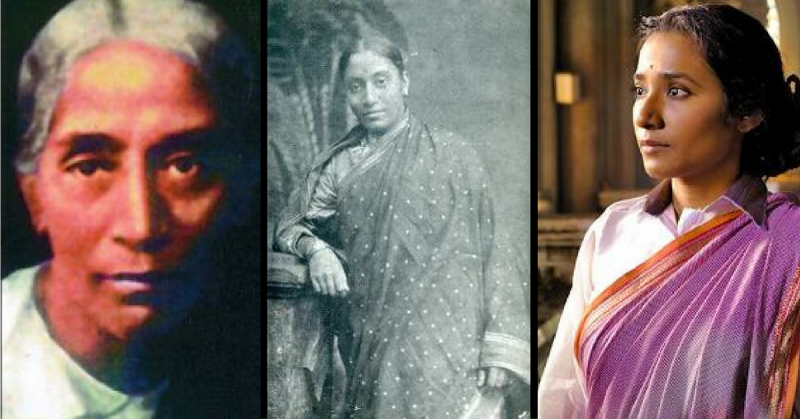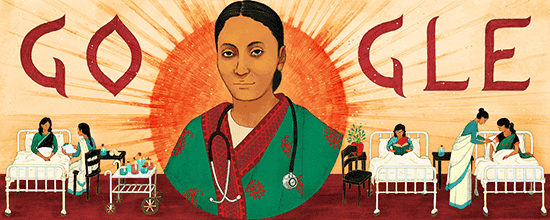
Today’s Google Doodle is dedicated to Rakhmabai Let us know who is she.

Rakhmabai Raut was a spirited woman who dared to fight with societal customs and grew to be one of the first practicing woman doctors in royally India. Her contemporary Anandi Gopal Joshi, another Maharashtrian woman also turned to be the doctor before her but miserably departed from life before she could even begin practicing.
Rukhmabai was also at the heart of a milestone legal case which showed the way to the ratification of the Age of Consent Act, 1891.
Rukhmabai was born on 22 November 1864 and at the innocent age of twelve; she married off to a nineteen-year-old boy Dadaji Bhikaji Raut.
She was the carpenter community and her father Janardan Pandurang and mother Jayantibai were financially well off. The girl was married off but even when the father expired, she remained with her widowed mother, consistently reject to be sent away to her rebellious husband's dwelling.
Her mother then wedded Assistant Surgeon Sakharam Arjun More. When Rukhmabai's spouse Dadaji and his relatives asked a 20-year-old Rukhmabai to go to her marital home, she rebuffed and was supported in her insolence by her step-father.
Rukhmabai's case went ahead to a long series of court cases from 1884. She had to facade time-honored social stalwarts such as Lokmanya Tilak though challenging societal diktats.
Major public conversations on child marriage and on the rights of women followed. But Rukhmabai in the period in-between pursued studies and put pen to paper letters to the newspaper under the false name A Hindu Lady.
Dadaji Bhikaji vs. Rukhmabai, 1885 with Bhikaji seeking "restitution of conjugal rights" came up for hearing and the judgment was passed by Justice Robert Hill Pinhey.
Balgangadhar Tilak wrote in the Kesari that Rukhmabai's defiance was the result of an English education and declared that Hinduism was in danger.
The case took hold of global attention. Max Müller wrote that the legal itinerary was not the elucidation to the problem shown by Rukhmabai's case and said that it was Rukhmabai's education that had made her the best judge of her own choices.
Following the long series of court cases resulted in the confirmation of the marriage, she wrote to Queen Victoria who claimed superiority in the court and broke up the marriage.
The publicity of this case helped influence the passage of the Age of Consent Act, 1891 which outlawed child marriages across the British Empire.
In July 1888, a settlement was reached with Dadaji and he handed over his claim on Rukhmabai for a compensation of two thousand rupees.
Her case won the support of several people and when she expressed her aspiration to study medicine, a fund was raised for her to move at the London School of Medicine for studying medicine. After effectively completed the five-year degree course she worked in a women's hospital in Surat.
In 1930 she retired from service and returned to Mumbai. Rukhmabai met with her angles on 25 September 1955.